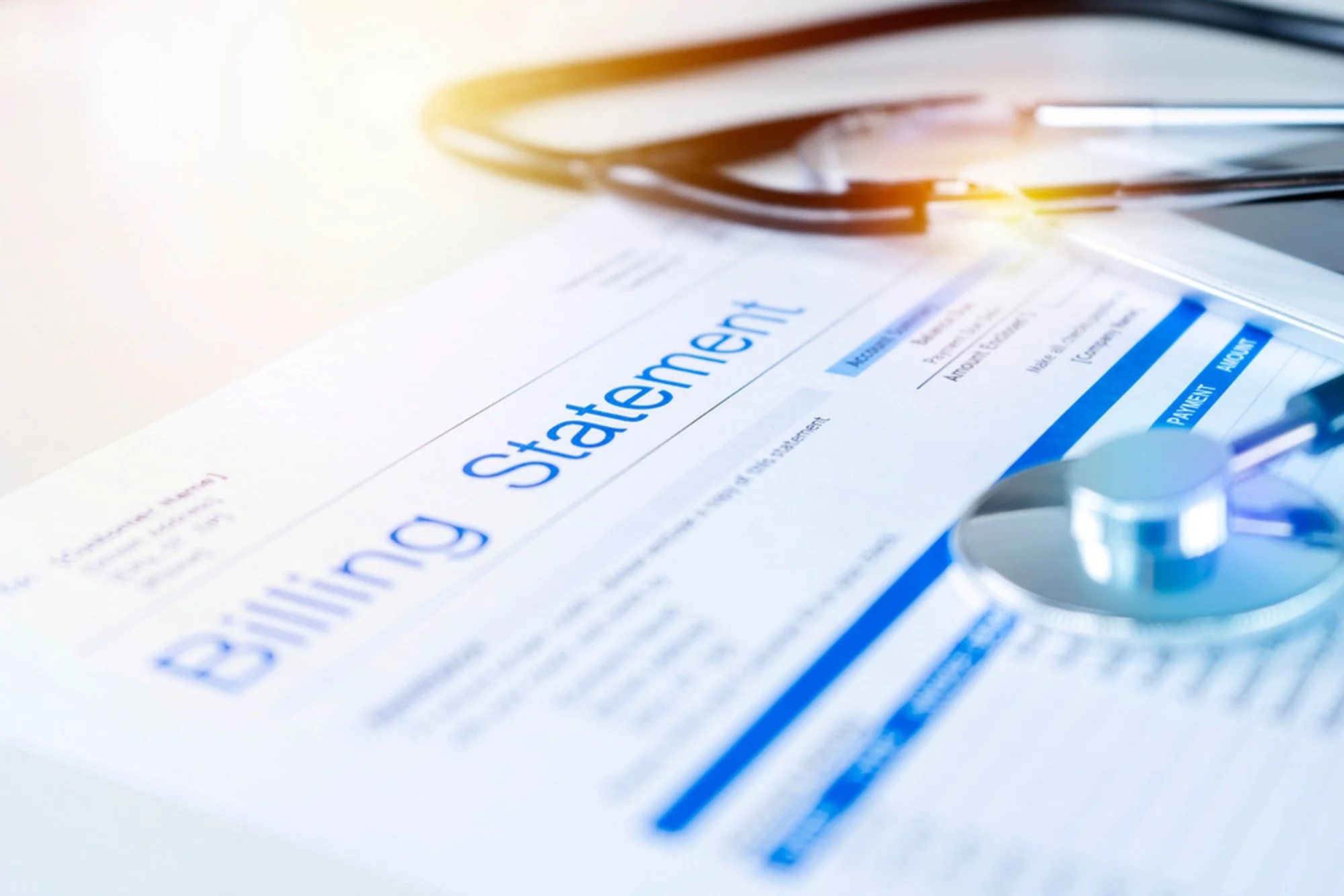Effective Strategies for Medical Providers to Collect Patient Payments Without Relying on Credit Score Impact
Even though medical debt no longer affects credit scores as significantly as before, providers can still take steps to ensure they collect payments effectively and efficiently from patients. Here’s how they can prepare:
1. Set Clear Payment Expectations Upfront
• Transparent Communication: Inform patients about costs and payment policies before services are rendered. Provide an estimate of out-of-pocket costs.
• Insurance Verification: Verify insurance details before appointments to identify coverage and the patient’s financial responsibility.
• Payment Policies: Share clear policies about due dates, payment plans, and accepted payment methods in writing.
2. Offer Flexible Payment Options
• Payment Plans: Allow patients to pay in smaller, manageable installments to reduce the burden of large bills.
• Online Portals: Implement easy-to-use online payment platforms that allow patients to pay anytime.
• Third-Party Financing: Partner with third-party services that can finance medical bills for patients.
3. Use Proactive Billing Practices
• Timely Billing: Send invoices promptly after services are provided, ensuring no delays that may confuse patients.
• Detailed Statements: Provide itemized bills to help patients understand charges, minimizing disputes or delays.
• Follow-Up Reminders: Use email, text, or phone reminders to notify patients of upcoming or overdue payments.
4. Educate Patients About Their Responsibility
• Financial Counseling: Offer financial counselors to explain medical bills and payment options to patients.
• Explain Consequences of Non-Payment: Even if credit scores aren’t affected, explain how non-payment could lead to collections or legal action.
5. Train Front-End Staff
• Customer Service Training: Teach staff how to discuss sensitive financial matters with empathy and professionalism.
• Pre-Service Collections: Equip staff to collect copays, deductibles, or down payments at the time of service.
6. Leverage Technology
• Automated Systems: Use billing software to automate invoice generation, reminders, and tracking.
• Patient Portals: Enable patients to view their bills, insurance details, and payment history in real time.
7. Encourage Pre-Payment
• Discounts for Early Payment: Offer small discounts or incentives for patients who pay in full upfront.
• Require Deposits for High-Cost Services: For elective or expensive procedures, request partial payment before the procedure.
8. Use Compassionate Debt Collection
• Internal Collections Efforts: Keep collections in-house with a dedicated team trained in compassionate outreach.
• External Collections Partners: If using a third-party collections agency, partner with one specializing in healthcare to ensure patient relationships are preserved.
9. Monitor and Adjust Strategies
• Regularly review the effectiveness of collection efforts and adjust strategies to improve success rates and patient satisfaction.
By focusing on clear communication, flexible options, and compassionate approaches, providers can improve their ability to collect money owed while maintaining a positive patient relationship.
